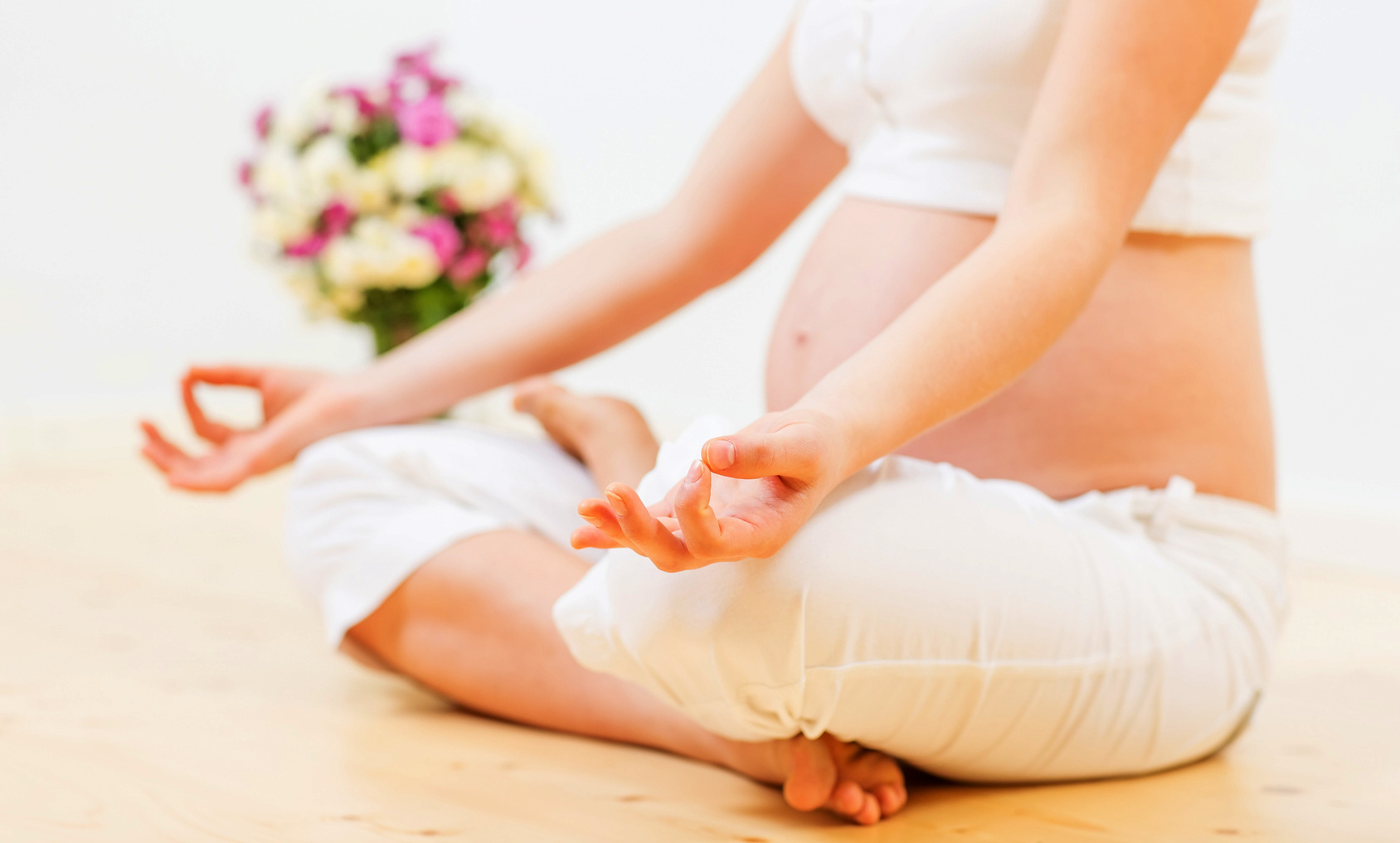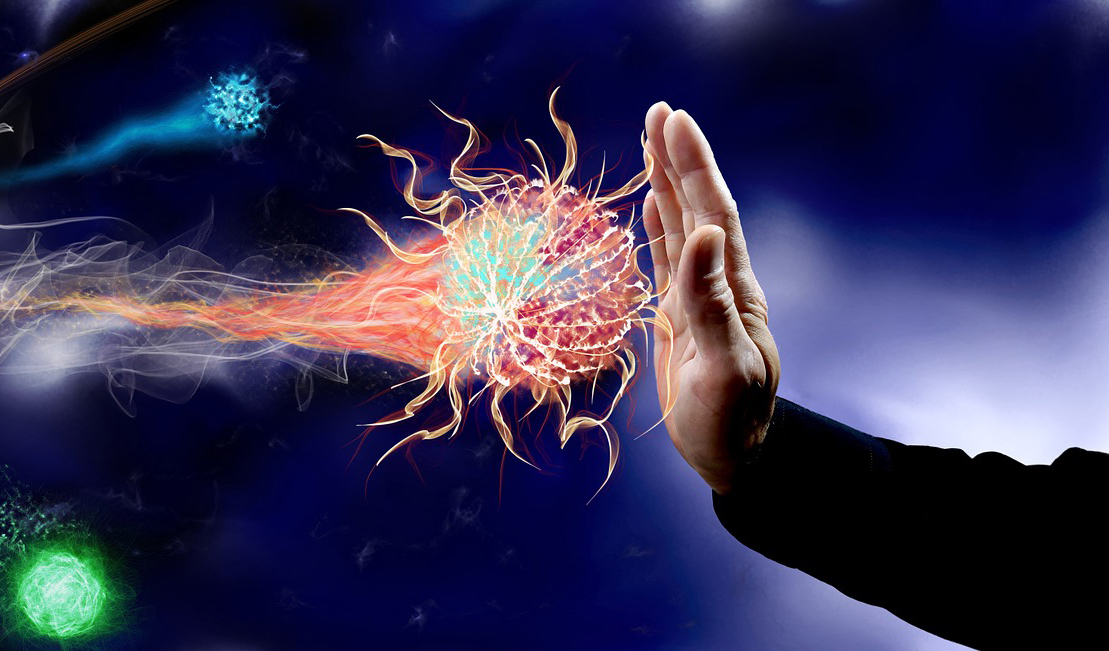[et_pb_section bb_built=”1″][et_pb_row][et_pb_column type=”4_4″][et_pb_text _builder_version=”3.13.1″]
It consists of the application of water for therapeutic purposes.
Hydrotherapy consists of the application of water used for therapeutic purposes, taking advantage of its thermal or mechanical effects (the pressure it exerts). The word ‘hydrotherapy’, in fact, derives from the Greek ‘Hydor’ (water in movement) and ‘Therapeia’ (healing).
The baths and baths will be used as public spaces for enjoyment and relaxation, and since then the properties of water have been studied to treat diseases such as rheumatic, dermatological, respiratory, circulatory problems, metabolic disorders, etc.
- Thermal pool at high temperature, with jets (if the pool is large, you can swim, and the jets of water under pressure are used to decontract the muscles).
- Jacuzzi (hot tub): the water is hot and also includes jets of pressure water directed to different areas of the body.
- Pool with cold water (to submerge after the jacuzzi or the thermal pool for a few seconds).
- Pediluvio: it is a path of river stones with edges bordered by jets that alternate cold and hot water at the height of the feet and the lower area of the legs.
- Sauna: hermetically closed cabin with dry heat, which serves to eliminate toxins and relax the nervous system. Some people tolerate it badly (especially if they have low blood pressure), so it is advisable to make sure that it is not your case, and you should not stay inside for a long time either.
- Frigidarium: it is a refrigerated cabin that alternates with the sauna to stimulate the thermal contrast.
- Turkish steam bath: it is similar to the sauna, but with a humidity of 99%. It hydrates and decongests the respiratory tract and allows toxins to be eliminated through the skin because heat and humidity cause the pores to open.
- Scottish shower: a pressure shower that alternates hot and cold water throughout the entire body. Stimulates blood circulation and relaxes muscles.
- Vichy shower: it is a type of massage that is received on a stretcher placed under a shower with warm water. Water improves the sedative effect of massage.
The cold-heat contrasts and the pressure jets on the body favor the blood circulation and relax the muscles, so to perform a hydrotherapy circuit in a SPA (which usually lasts between one and two hours) usually exerts a sedative action on the organism. People with cardiovascular disorders, hypertension or hypotension, dermatological conditions, kidney failure, diabetes, etc. should always consult their doctor before undergoing hydrotherapy treatment, especially if they intend to go to a spa, whose waters may include mineral-medicinal components that may not be suitable for your pathology.
Learn more about your health and well-being at Pharmamedic.
[/et_pb_text][/et_pb_column][/et_pb_row][/et_pb_section]





